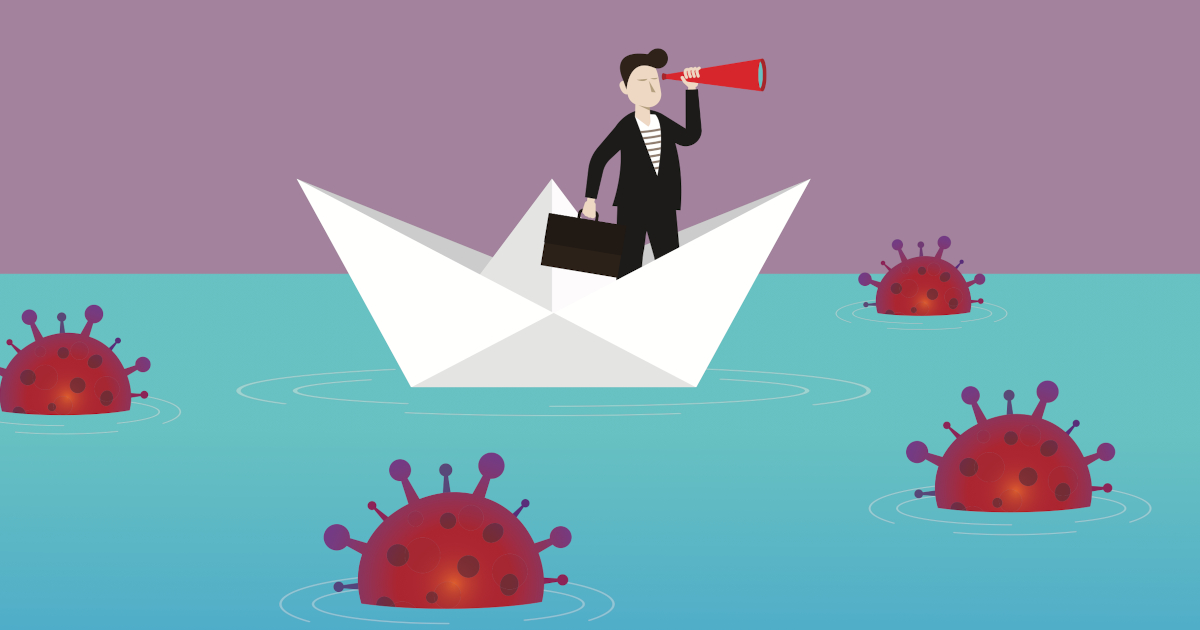2022 marks a momentous year for stem cell transplant as there was a second person who was seemingly ‘cured’ of HIV after receiving a bone marrow transplant. The patient who refused to be identified was referred to as the “City of Hope” patient. He is the fourth person overall to go into remission from both HIV and cancer after undergoing stem cell transplant to treat his cancer. This finding was presented at the 24th International AIDS Conference in Montreal. To date, the 66-year-old man is the oldest patient to achieve success after being subjected to this treatment, giving more hope for those suffering from cancer and HIV. Earlier in February 2022, merely 5 months before the “City of Hope” patient, the first woman who believed to have been cured in this way called the “New York Patient” also achieved the state of remission after a dual stem cell transplant to treat her acute myeloid leukemia (AML).
Details on the “City of Hope” patient
The “City of Hope” patient was diagnosed with HIV in 1988. Like many, at that time, he thought of it as a death sentence. Battling stigmas and seeing many of his friends failing to overcome the disease, the “City of Hope” patient experienced a “full-fledged” AIDS for some time before finally being part of early antiretroviral trials in the mid-1990s. During this full-blown AIDS status, his CD4 count went below 100. Compared to other previous patients who achieved remission, this individual had suffered from HIV the longest (31 years). 2018 was the year he was diagnosed with acute myelogenous leukemia.
He had also received a less harsh conditioning regimen before the transplant than other successful cases. The stem cell transplant that was performed on him involved an unrelated donor with a double CCR5-delta-32 mutation, meaning that this mutation eliminates the receptors used by most strains of HIV to enter cells. The less harsh conditioning regimen administered to him is meant for older and less fit patients and he developed a mild complication which often occurs in stem cell transplantation called the graft-versus-host-disease.
For 2 years after the transplant took place, the “City of Hope” patient continued taking antiretrovirals consisting of dolutegravir, tenofovir alafenamide and emtricitabine. After attaining an undetectable viral load, he and his doctors started treatment interruption which was meticulously monitored. 17 months after halting antiretrovirals, there was no HIV RNA viral load rebound and no HIV DNA was recorded in the peripheral blood cells.
Another interesting phenomenon is the immune cells of the “City of Hope” patient are 100% from the donor. Although the patient’s new blood cells are impenetrable by HIV strains with the CCR5 receptor, he is not immune to viral infection which uses the alternative CXCR4 receptor. That being said, the patient has been encouraged to take HIV PrEP.
Dr Jana Dickter of the City Hope cancer centre was elated to announce to the patient that he did not have to take the antiretrovirals that he had been on for the last 30 years. The “City of Hope” patient stated that he was beyond grateful and he never imagined that he would live another day without HIV.
Besides these two successful stories of stem cell transplants, two other people have benefitted from stem cell transplants and were reported to be ‘cleared’ of HIV. The earliest case was dubbed the “Berlin patient”. In 2006, two transplants were carried out on Timothy Ray Brown who suffered from leukemia. Albeit developing severe graft-versus-host disease after the transplant, Brown stopped taking ART and his viral load did not rebound.
The second patient, nicknamed the “London patient” also achieved remission after a stem cell transplant was performed to cure his Hodgkin lymphoma. He halted his ART treatment in September 2017 after an undetectable viral load and has since been HIV-free.
There was another patient dubbed as the “Dusseldorf patient” who reportedly had not experienced rebound more than three years after not taking ART due to stem cell transplant. Not much is known about this case as it was not widely covered by the media.
Is stem cell transplant the final cure to HIV?
While hope is on the horizon for people with both HIV and cancer, this does not mean that stem cell transplant is a universal cure to treating HIV in tens of millions of people. Researchers are also still figuring out why this method seems to be working better than other failed methods. So far, it can only be concluded that the use of stem cells with a double CCR5-delta-32-mutation seems to be effective.
As days go by and more successful stories of stem cell transplants ‘curing’ HIV are gracing the world, the method is still deemed too risky for people who do not have deadly cancer. The donor immune cells may see the host as ‘foreign’ and therefore invade the host’s tissues and organs. Patients are truly prone to infections while the donor cells are engrafting.
What is more, this method is yet to be scalable to treat millions of people with HIV due to its high cost and rigorous procedures. However, the proof that there are more and more people going into remission after receiving this type of transplant provides insights and clues for researchers to invent or come up with other technologies that are more functional and universal.
HIV is highly preventable
Despite being incurable, HIV is most definitely preventable. Practicing safer sex such as always using condoms and other barrier methods, taking HIV PrEP for those at risk of being exposed to HIV and taking HIV PEP within 72 hours after a suspected exposure can help ward off contracting the disease.

